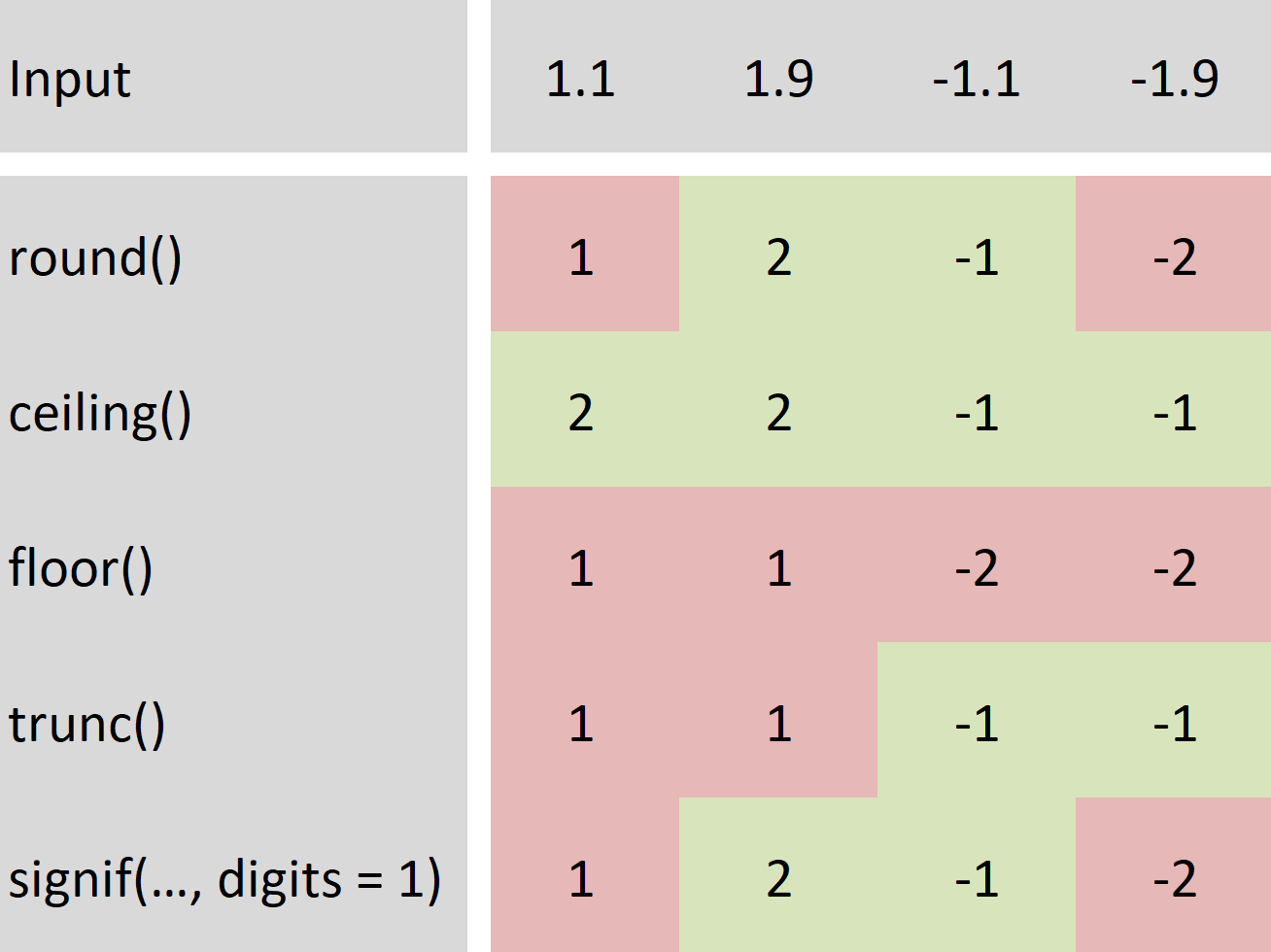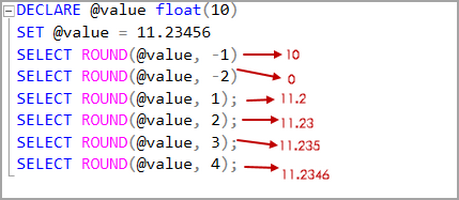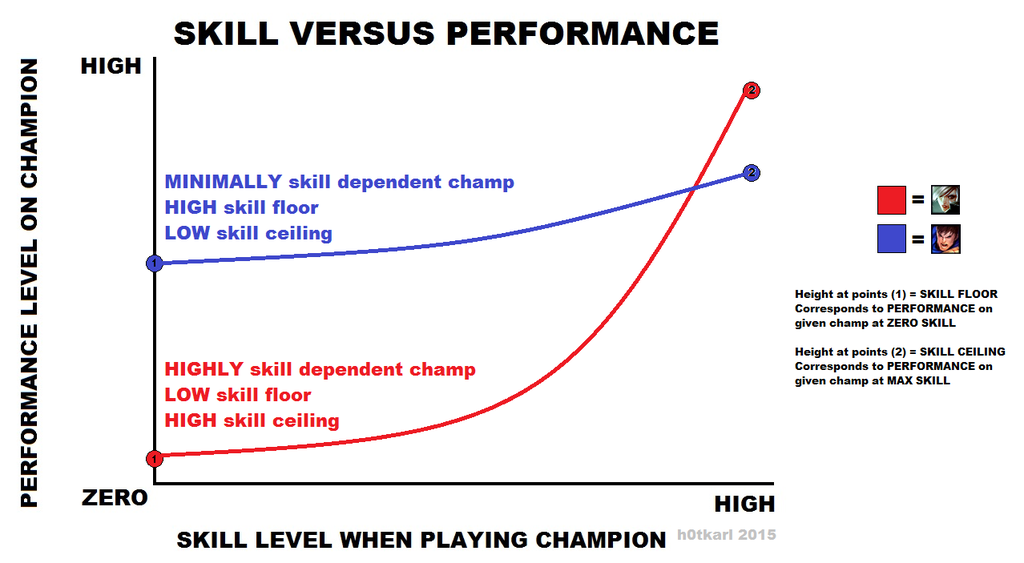Ceiling Floor Effect Statistics Examples

Usually this is because of inherent weaknesses in the measuring devices or the measurement scoring system.
Ceiling floor effect statistics examples. The floor effect is what happens when there is an artificial lower limit below which data levels can t be measured. In statistics and measurement theory an artificial lower limit on the value that a variable can attain causing the distribution of scores to be skewed. A floor effect is when most of your subjects score near the bottom. In statistics a floor effect also known as a basement effect arises when a data gathering instrument has a lower limit to the data values it can reliably specify.
It is the top score a test taker can attain on a test regardless of ability or depth of knowledge. A test ceiling is the upper limit of an intelligence or achievement test. A ceiling effect happens when your questionnaire or test components problems aren t hard enough. Psychology definition of floor effect.
The lower limit which affects dependent variables is referred to as the floor and can badly skew a data distribution if not accounted for. This lower limit is known as the floor. Limited variability in the data gathered on one variable may reduce the power of statistics on correlations between that variable and another variable. What is the ceiling effect.
If it exists in your test or survey it becomes a problem when you re trying to compare two groups with a hypothesis like group a s mean will be higher than group b s. When one hits the ceiling of a test it means that the questions on the test were insufficiently difficult to measure true ability or knowledge. The term ceiling effect is a measurement limitation that occurs when the highest possible score or close to the highest score on a test or measurement instrument is reached thereby decreasing the likelihood that the testing instrument has accurately measured the intended domain. Ceiling effects and floor effects both limit the range of data reported by the instrument reducing variability in the gathered data.
A ceiling effect can occur with questionnaires standardized tests or other measurements used in research studies. In layperson terms your questions are too hard for the group you are testing. The inability of a test to measure or discriminate below a certain point usually because its items are too difficult. A floor effect occurs when a measure possesses a distinct lower limit for potential responses and a large concentration of participants score at or near this limit the opposite of a ceiling effect.
For example the distribution of scores on an ability test will be skewed by a floor effect if the test is much too difficult for many of the respondents and many of them obtain zero scores. An artificially low ceiling is created that is easy to achieve.



















